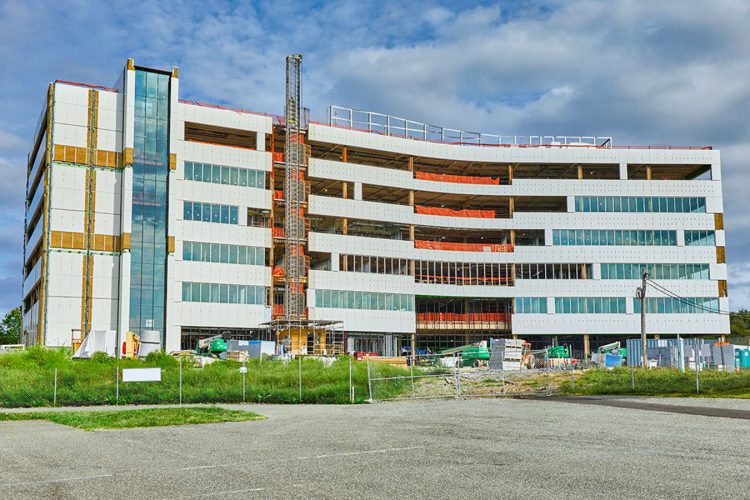
An American Revolution
In 1896, Ferdinand Thun and Henry Janssen accepted an offer to relocate to Wyomissing, PA, where they were sold a site by Reading Suburban Real Estate Co. for just one dollar. This site went on to become The Berkshire Knitting Mills, the largest company of its kind in the world.
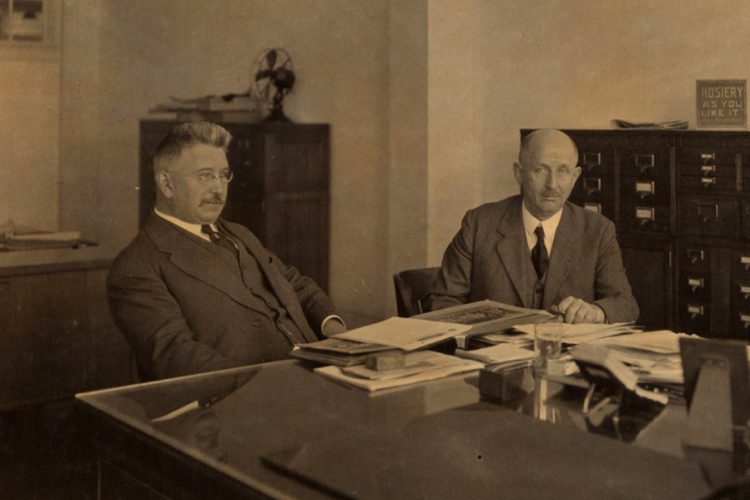
The first concrete steel-reinforced building in America was constructed here as part of the original Berkshire Knitting Mills Red Building. It would go on to incorporate a medical dispensary, a junior college of engineering, and the world’s largest automated foundry used to manufacture knitting machines.
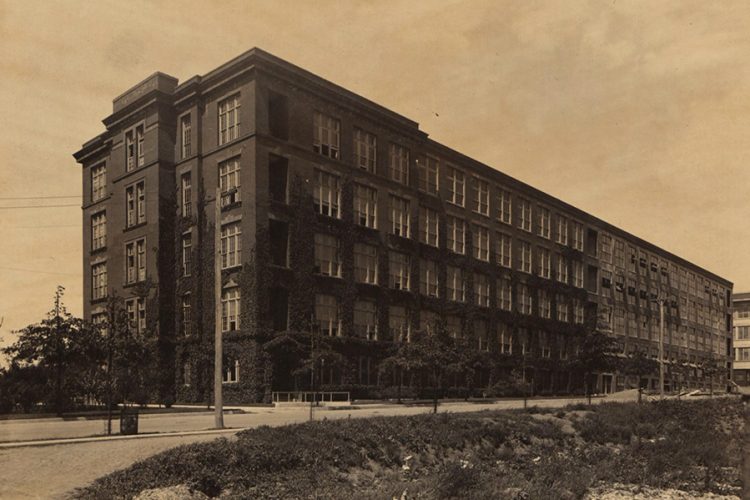
The Berkshire Knitting Mills pioneered the use of Rayon during the “Roaring Twenties,” just as women’s style changes lead to shorter skirt lengths and demand for full-fashioned hosiery skyrocketed — and in the process making Wyomissing home to the largest stocking manufacturer in the world.
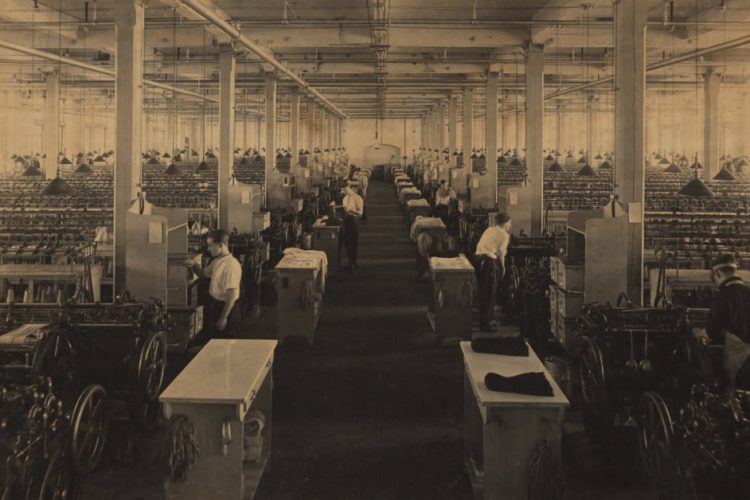
The most famous innovation developed at The Berkshire Knitting Mills was the “Reading” knitting machine, which weighed 22 tons, was 72 feet in length, and had 240,000 precision-machined parts. The “Reading” set the record for the longest patent filed at the US Patent Office and was adopted by the industry worldwide — with several still in use today.
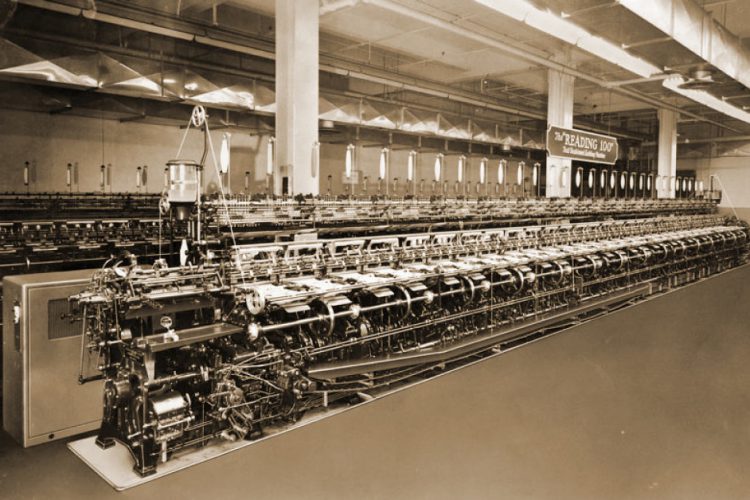
In 1941, The Berkshire Knitting Mills celebrated a major milestone as it manufactured its billionth stocking. At the same time, production of socks, gloves, and other wartime goods ramped up to support the war effort during WorldWar II.
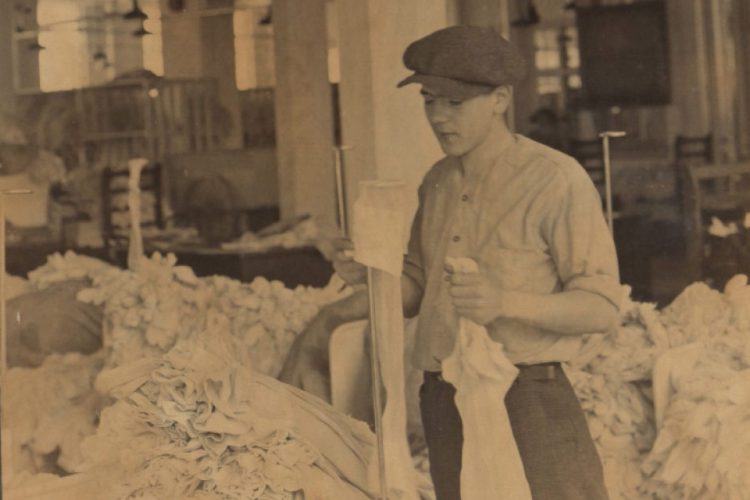
In 1945, wartime production declined and widespread production of a new polymer called nylon began. Skeptical about the trend toward seamless stockings, Thun and Janssen continued production of the full-fashioned kind. Due in part to this miscalculation and the prevalence of Southern mills with cheaper labor, the decline of the Berkshire Knitting Mill began.
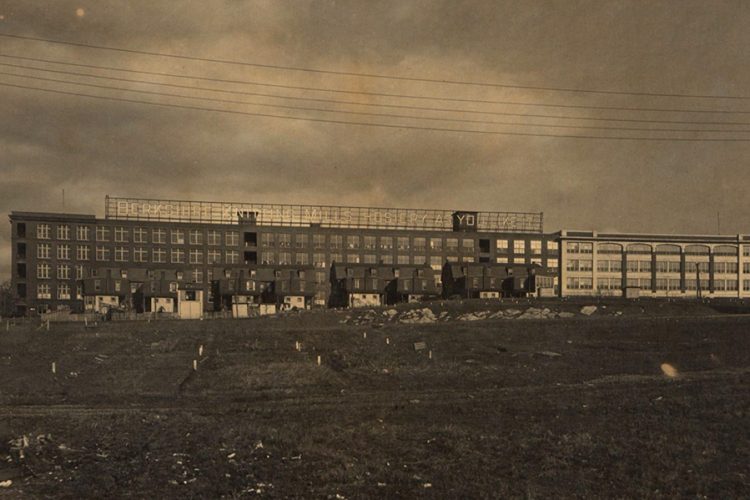
VF Corporation purchased The Berkshire Knitting Mills property in 1969 and pioneered the idea of outlet shopping by selling surplus products. The VF Outlet was the first outlet center in the country and boasted six million visiting shoppers annually at its peak.
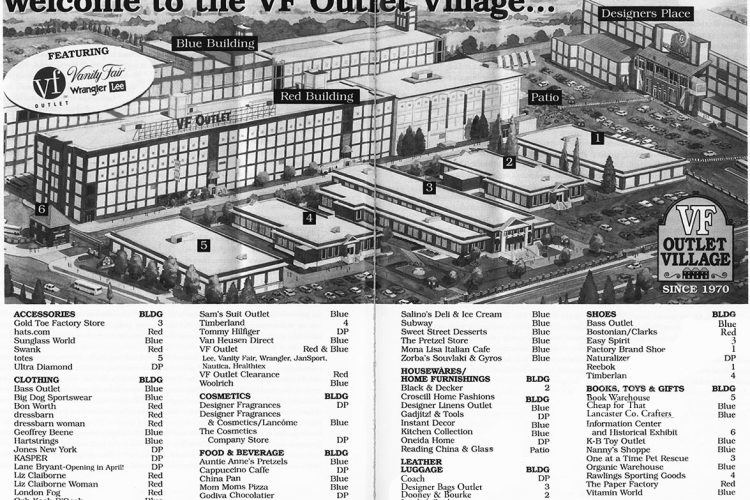
By the mid 1980’s outlets like Vanity Fair became the ultimate shopping destination, luring bargain hunters from as far away as North Carolina and Massachusetts. On any given Saturday during the holiday season, up to 300 busloads of shoppers could be seen flocking to Berks County. In 1991, Reading was officially declared “The Outlet Capital of the World.”
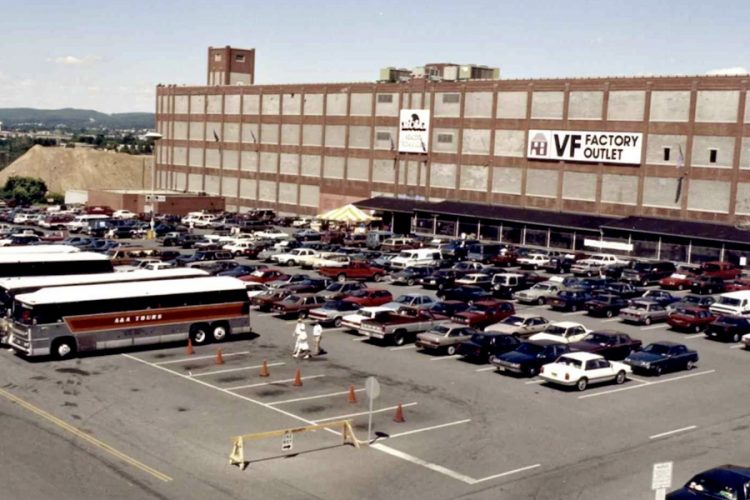
Following the success of the VF Outlet, similar shopping centers began popping up across the country in the late 1990’s. This increase in competition, as well as the introduction of online shopping meant that many retailers could not keep up. By 2016, the VF Outlet had only about a third of its retail space leased.
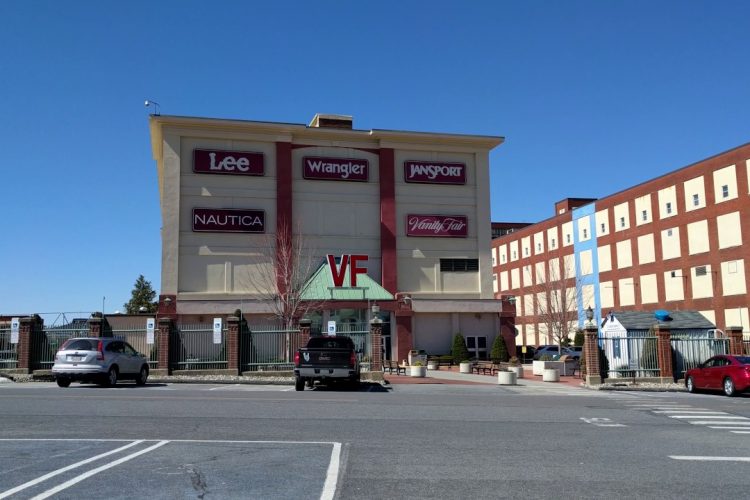
Equus Capital Partners purchased The Knitting Mills property from VF Corporation in 2016 with a vision to transform the site into a dynamic center for business and innovation that will serve the community through the 21st century.
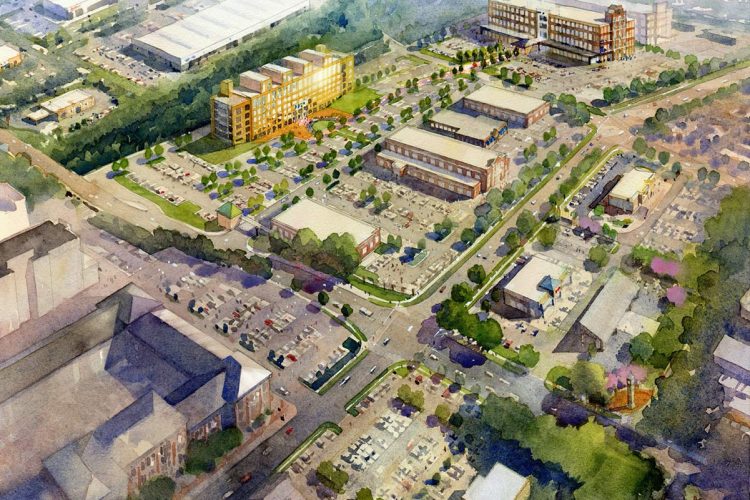
UGI’s decision to locate its regional HQ set the stage for a new round of development and innovation at The Knitting Mills. The original Berkshire Knitting Mills Blue Building has been transformed into the new headquarters for UGI Energy Services, who have maintained the historic architectural aspects of the iconic building.
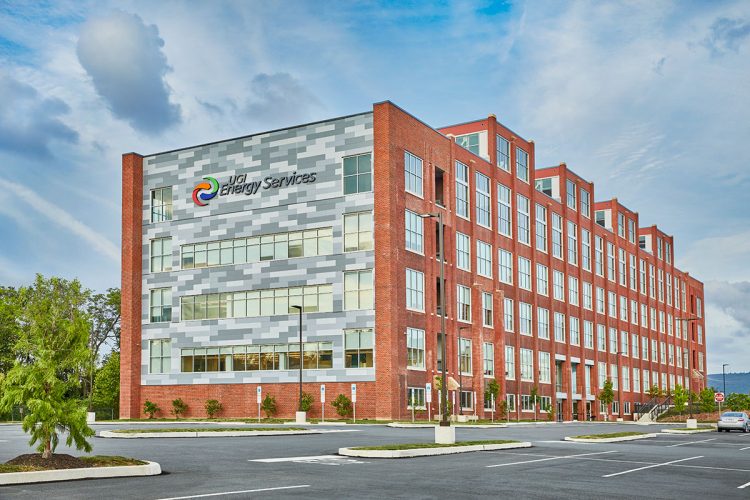
Textile Machine Works (TMW), who assembled the first American full-fashioned knitting machine, continued to innovate well into the 1950s with the manufacturing of medical needles. TMW would eventually evolve into Arrow Inc. who was later acquired by Teleflex, a medical device-maker who has taken up shop at Innovation Way in The Knitting Mills north lot.
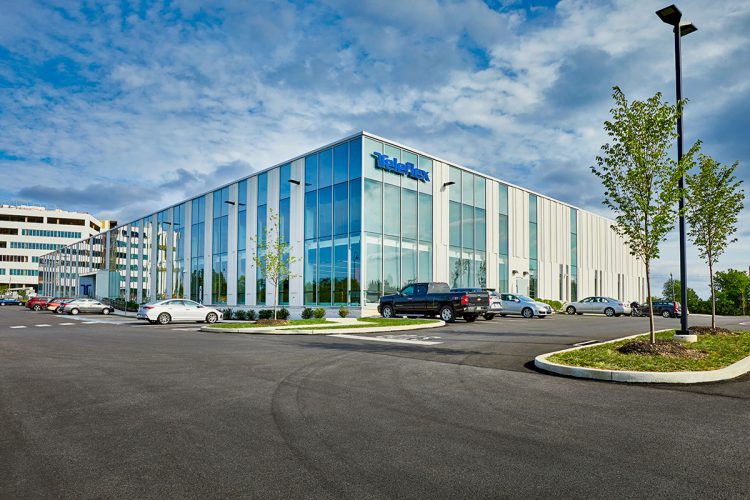
One of Thun and Janssen’s most impactful contributions at the height of the great depression was the donation of 36 acres and subsequent funding that created the Reading Hospital (now Tower Health System). That legacy lives on through the hospital’s collaboration with Drexel University for an all-new College of Medicine branch, located on the former foundry site.
